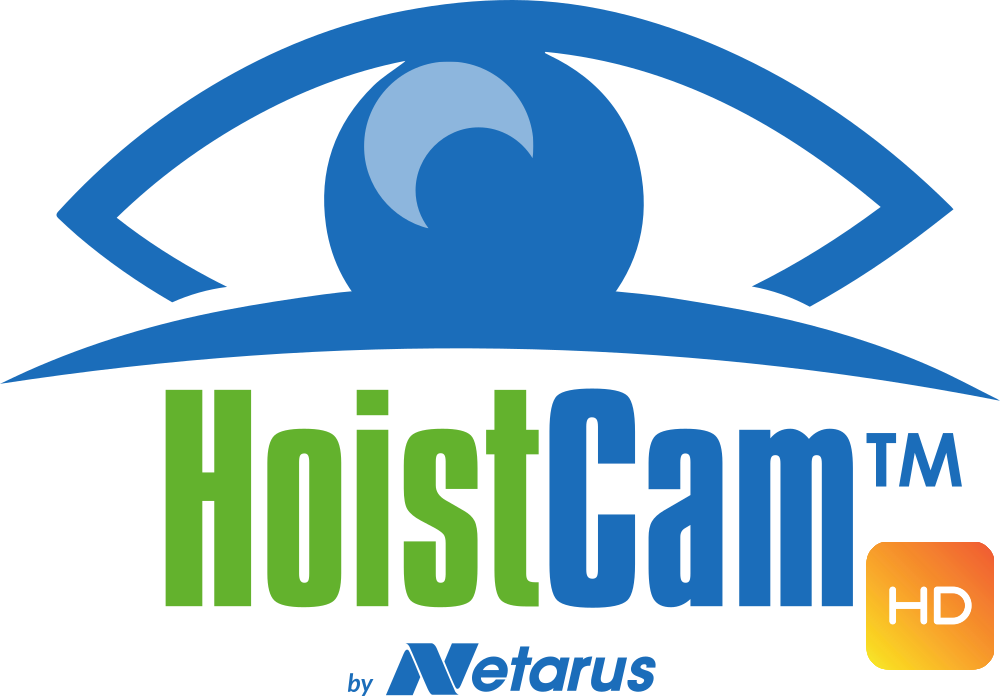Electrical Hazards in Overhead Crane Safety
Anyone who has ever worked on a large construction job site is aware of how important crane safety is for saving money, saving time, and saving lives. When used in a proper manner, overhead cranes can make any heavy lifting or moving job much safer and easier than it would be without the crane. But there are always certain hazards to watch for when running a piece of equipment this large. Overhead wires and electrical hazards is just one of the many dangers that crane operators must look out for. Unfortunately, the crane operator cannot always see obstructions that are not in his direct line of site. That’s where HoistCam’s camera on cranes can make a huge difference.
According to OSHA, almost half of all overhead crane accidents are caused by a part of the crane coming into contact with an electrical source while the crane is in use. Contact with power lines can be catastrophic when any metal part of the crane touches an overhead line. Spanco explains that this most often occurs when the crane is being used to move materials close to or underneath a live power line, and the boom or the hoist line touches that power line.
Sadly, the crane operator is often electrocuted in these types of accidents, but the danger doesn’t stop there. Anyone near the crane is also in danger of electrocution from electrical arches which can occur. In fact, most victims are the riggers and spotters who are guiding the load. Just one incident of machinery coming into contact with an overhead power line can result in many deaths and injuries. There are approximately two hundred deaths per year that result from contact with power lines, and about six hundred people are injured in power line accidents.
Of course, OSHA has regulations in place to avoid such accidents. For example, the area within a 10 foot radius of any live power line is considered to be off limits. These areas are usually marked so that the riggers and spotters can see them. But even though the crane stays within the acceptable boundaries, accidents can occur when the boom touches a live wire. Even cranes which use a remote control can be deadly when they come into contact with a power line. If the boom of these cranes touches a power source, the operator holding the crane’s remote is almost certain to be electrocuted.
While following the rules and regulations that have been put forth by OSHA can help to prevent many of these problems, accidents will still occur.The riggers and spotters may not always see a dangerous power line looming dozens of feet about their heads. The crane operator may not have line of sight to see the power line. Or the warning from the riggers and spotters may not be quite fast enough. This is where HoistCam’s cameras on cranes can save lives. By adding cameras on cranes, you can give the crane operator line of sight to every part of the job site. The camera can be placed anywhere on the crane, and you can even use multiple cameras. These cameras feed back to a monitor which sits in the cab of the crane with the operator. He can then see every angle of the lift, giving him advanced warning of any obstruction in his path, including power lines.


